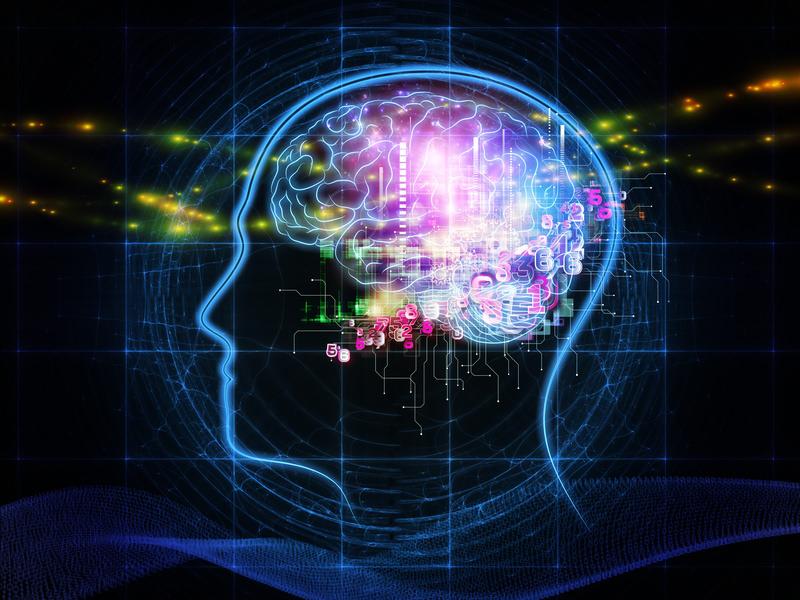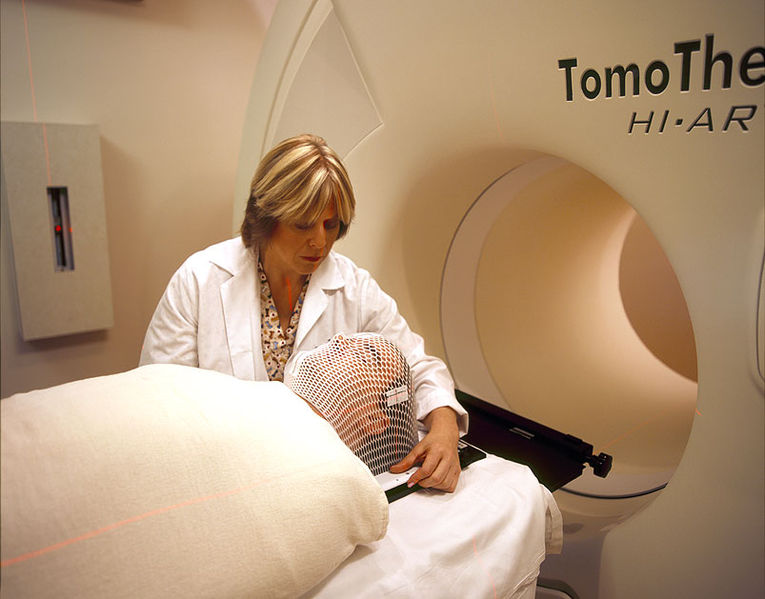For the first time, scientists have been able to closely observe activity in the brain that’s directly linked to OCD. This is encouraging news, especially for those with OCD. Because if scientists are able to identify these neural signals, they might also be able to find a solution.
OCD stands for obsessive-compulsive disorder. It is an anxiety disorder in which a person has recurring, unwanted ideas, sensations, or thoughts that make them do certain acts repeatedly, like cleaning, hand washing, or checking on things. OCD can significantly interfere with an individual’s social interactions and daily activities.
OCD affects people of all ages and walks of life
Estimates suggest every 2 persons out of 100 have OCD. The disorder in many cases can be debilitating. Moreover, 20 to 40% of patients don’t respond well to behavioral treatment or traditional drug treatment. Deep brain stimulation (DBS) is found to be effective in roughly 50% of patients who don’t benefit from traditional therapies. In DBS, a surgically implanted device delivers small electric shocks to the brain to reduce OCD symptoms, which are impacted by several factors, including societal and environmental.
Useful as DBS is, it has a glaring shortcoming. It can’t adjust to OCD symptoms as they keep changing from one moment to the next. However, now that scientists have been able to monitor brain activity associated with OCD in greater detail than before, we may be able to devise a treatment that can respond to moment-to-moment ebbs and flows of OCD symptoms.






